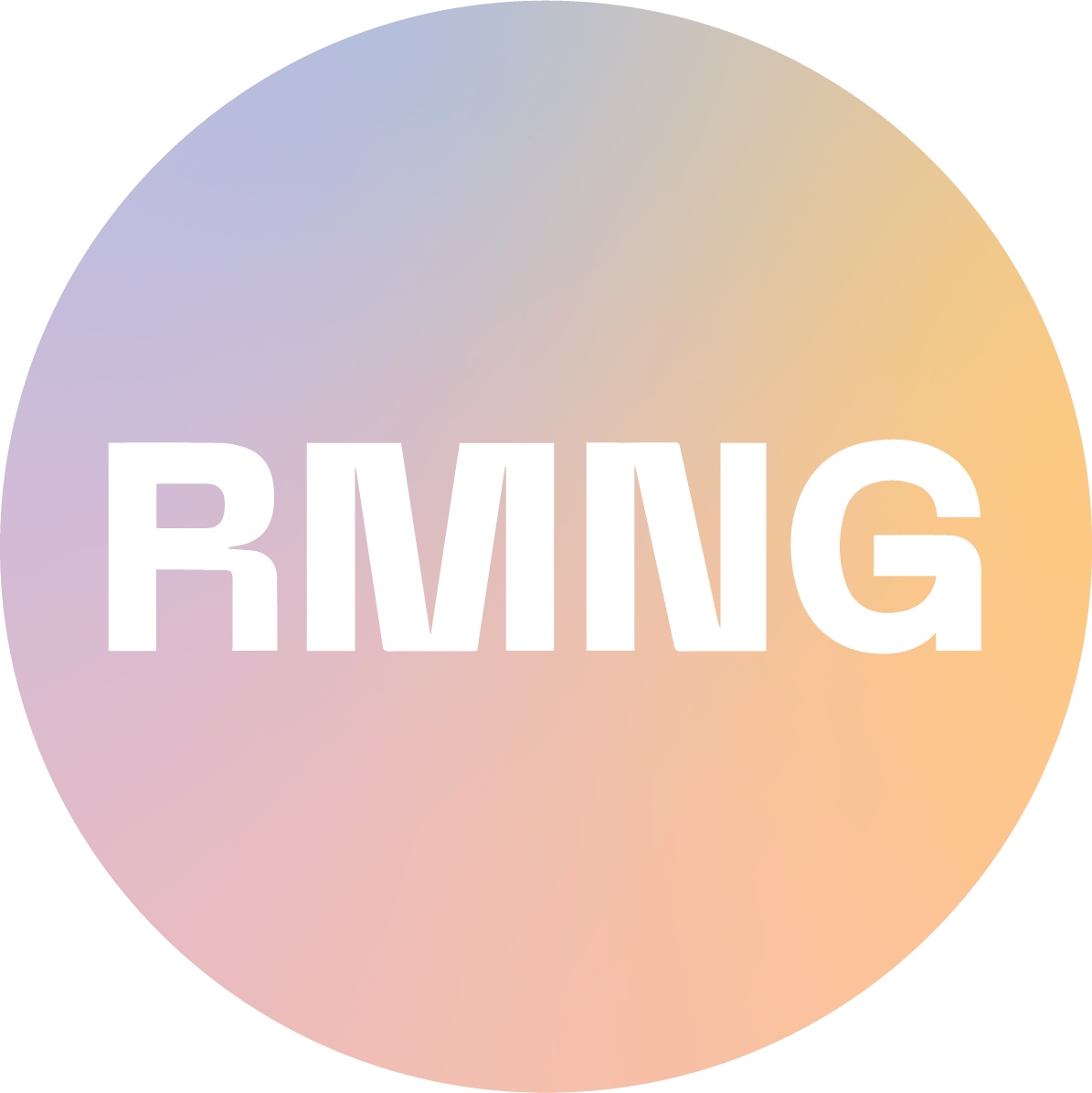What is Experiential Marketing?
Experiential marketing is a field of marketing that focuses on creating a real-life, engaging, and authentic experience for a specific marketing goal (brand awareness, signups, sampling, etc.). Put more simply, experiential marketing is event marketing that stimulates the five senses (touch, sound, smell, taste, and sound).
Unlike digital marketing, experiential marketing campaigns can complement brand marketing and public relations projects.
White Claw
Pop Up
NYC 2022
Culver’s Chicago
Pop Up
Chicago 2022
Daring Coachella
Live Event
California 2022
Why Experiential Marketing Works
Here’s a way to think about why experiential marketing works. When Adele’s “Someone Like You” broke the music charts, academics and students of musical theory attributed the resounding ability of the song to create a deep emotional feeling to appoggiatura, a type of ornamental note that creates tension within the listener.
In movies, music, and storytelling, a “surprise and delight” element can elevate the medium to the next level. M. Night Shyamalan found great success in his movies because of the famed “twist,” something unexpected by the audience that ultimately resolves in an “ah-ha” moment.
Experiential marketing uses the elements described above, anticipation and the “ah-ha” moment (reward), to create a lasting impression. The reward is tied to the five senses and can incorporate music, food and drinks, conversations, and other actions and interactions.
Benefits and Effects of Experiential Marketing
The secret is in the name. Although it doesn’t jump out at you immediately, experiential marketing focuses on creating human interaction and a positive memory that the consumer will never forget.
Experiential Marketing vs. Other Modern Tactics
Our data-centric and social media-driven society has given rise to a marketing industry full of A/B tests, spreadsheets, and campaigns. And while these data-driven marketing disciplines certainly have their place, they have led to a deterioration of consumer trust. From flyers in our mailboxes to spam emails and pop-up ads, our daily lives are full of noise and interruptions from forces looking to steal our attention.
Experiential marketing lies at the opposite end of the spectrum from the tactics described above. The benefits come from the fact that it earns people’s attention, leading to trust. At its best, an experiential event seeks to give rather than take. It is not transactional. It is generous. The goal is for a brand to show up in the right place at the right time, in front of the right audience.
Experiential Marketing & Digital Marketing
Experiential marketing can also plug into digital marketing. As long as the attendees get a great experience, they are more likely to buy, sign-up for, or share the product or brand. The result is a measurable campaign that can be tied to your company’s goals.
Brand Marketing & PR Marketing Benefits
Frequently experiential marketing compliments brand marketing and public relations campaigns. It’s much easier to get press in a market when there is an event to invite them to, especially one that promises a great time.
Batiste
Mobile Pop Up
Chicago 2022
Batiste
Mobile Pop Up
Nashville 2021
Batiste
Pop Up
Los Angeles 2021
How to Measure the Effectiveness of Experiential Marketing
There are several things that you can measure when it comes to experiential campaigns. The metrics and KPIs that are right for you will depend on your goals.

Impressions – Generally the number of people that attended the activation and how many people saw it or heard about it. Digital impressions also count if you’re tracking social sharing and PR coverage.

Consumer sentiment – Surveys and interviews can give you a general idea of what attendees experienced. A common question is “How likely are you to purchase this product?”, which will let you know increased purchase intent.

Conversions – A conversion can be an email address or an actual sale of a product or signup.

Samples and give-aways – Giving out samples of a product or food can be a great indicator of the experience and how many people attended and left satisfied.
There are many other ways to capture and measure the effects of your activations. But in our experience, you should be careful to not put metrics before the event experience. An event that feels transactional will often lower the sentiment of the consumer and reduce trust. Instead, create the best experience possible, and only then ask for something in return.
Types of Experiential Marketing Campaigns
If you want to connect with your audience and make a lasting impression, many different types of experiential marketing activations can facilitate that goal. We’ve worked with brands in every industry, helping them connect with their audiences across the globe.
Here are a few types of experiential marketing activations that we have expertise in:
How to Create an Experiential Marketing Campaign
In our 12 years of experience, we’ve learned that when it comes to experiential marketing, the strategic details of any campaign are critical to success. Here is the process we use to ensure that a brand is set up for a great experiential campaign.

Set Clear and Defined Goals – The first step is to know what you want to accomplish. If you want brand awareness, focus on impressions and reach rather than collecting emails.

Define Your Audience – Having a persona that is well defined will help you understand how to connect with them.

Choose the Right Location and Time – When you know your audience, you’ll decide when and where to reach them.

Get the Creative Spot On – You need to design how the event feels and how you’ll stimulate the five senses.

Production – When ready, you’ll build the experience based on the creative and the constraints (location, footprint, budget, etc.)

Activation – It’s Show Time! Your on-the-ground team must execute a great experience and be prepared for the unexpected.
Experiential marketing activations consist of many moving pieces. They are a symphony of people, places, equipment, and coordination. And when executed flawlessly, they indeed are a thing to behold (and experience). Between the local brand ambassadors, fabricators for the sets, negotiating the appropriate local permits and event spaces, logistics for the events, and the marketing to ensure people come to your event, these genuinely are events that should be handled by subject matter experts with experience.
A savvy experiential marketing agency will be able to then develop further connections with audiences for brands beyond the activation, leveraging the complete set of the human spectrum of senses to create a lasting, positive impression of companies with their audience.
Notco
Marketing Tour
NYC 2022
Notco
Marketing Tour
LA 2022
Notco
Marketing Tour
Austin 2022
Examples of Experiential Marketing Activations
Experiential marketing activations can be performed through various mediums, platforms, and locations. Sometimes an agency may take over a zoo for a national restaurant chain and build a custom experience for the brand that wants to reach their audience there.
Other times, an experiential marketing agency may create a pop-up speakeasy in NYC to provide their client’s audience with influencers and an incredibly unique experience unlike anything else they will ever be a part of. Another activation may consist of a singular, mobile, fully-immersive experience so their audience can walk right off the street and transport instantly into another world.

Soonish
Creating a pop-up, pseudo-brick-and-mortar liquor store at a music festival was no easy feat, but it was an extremely fun one! In fact, we sold 7.3k cans of Soonish and had thousands of guests stop by to snap a photo and grab a beverage.

Select
Kicking off our second tour with Select, we’ve gone totally national from the east coast to the west cost, with hundreds of people stopping by the mobile arcade to try their luck with the Select claw machines.

Alpha Foods
Alpha Foods teamed up with RMNG to develop and execute an immersive program in San Francisco. We created a unique and custom program by partnering with a local truck, fabricating an external footprint with a sport court, and bringing on high-impact street teams. Two days, three thousand samples, and 1.5k emails later, we marked it a success!
If you can envision the experience, interaction, emotion, or results you want your audience to have, an experiential marketing campaign activation can deliver it.
FAQ
What is experiential marketing?
Experiential marketing is a type of marketing tactic that engages consumers by creating a real-life, engaging, and authentic experience to achieve a specific marketing goal (brand awareness, signups, sampling, etc.). Experiential marketing creates an event that stimulates the five senses (touch, sound, smell, taste, and sound) and builds trust with consumers through positive participation.
How much does experiential marketing cost?
Experiential marketing can cost anywhere from $50,000 to over $5,000,000 (and beyond). Many different factors go into the overall cost of an experiential marketing campaign.
- The creative direction and the complexity of the strategy
- The size of the production
- The number of locations you want to go.
- How many staff members you’ll need
Because there is so much involved, RMNG always starts with understanding the goals of the campaign and the creative strategy before quoting a budget.
What type of information do I need to provide for RMNG to create an experiential marketing activation for my brand?
Our first step with a new client is to determine their goals and objectives, as those will drive the entire ideation for the experiential marketing campaign. Our discovery process with the client will help to determine what they are looking for and what the best way to go about it would be within their time and budgetary constraints. When clients know their ultimate goals, objectives, and budget, our team can build the experiential marketing campaign that best suits their needs (and audience).
What kind of timeline can I expect from the day I engage with RMNG until our first experiential marketing campaign activation?
Our team at RMNG has worked with clients with many different timeline requirements. While there a re always variables that can make the process flow faster or more slowly, it is generally best to expect three to six weeks from engagement to experiential activation.

